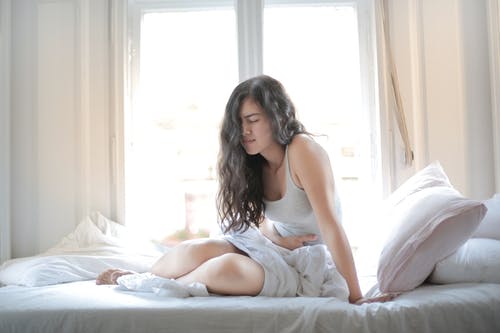 What is the Vestibular System?
What is the Vestibular System?
The ear is responsible for both hearing and balance. It is made up of outer, middle and inner portions, each part with a specific role. The inner ear is also termed the vestibular system,and is comprised of the cochlea which is involved in hearing, and the vestibular organs. Each vestibular organ contains the utricle, saccule, and three semicircular canals. These organs play an important role in balance, and interpreting what our head position is. The canals are filled with a fluid and tiny hair cells that move when you change your head position. When this happens, a signal is send to the brain which lets you know where you head is in relation to the rest of your body. This information is also used adjust your eye movements and posture in correlation with your new head position.
What is BPPV?
Vertigo, or BPPV creates a sensation of spinning, especially when you do something like roll over in bed. It is a condition that develops from changes in the inner ear.
It occurs when tiny crystals of calcium carbonate move from the utricle into one of the canals. If that happens, the brain is sent incorrect signals, telling you that you are moving even if your body is still. This is typically felt as a spinning sensation, or brief, but intense dizziness.
People who have experienced a head injury are more likely to develop BPPV. It is also associated with ageing, high stress levels, diabetes and any other chemical changes in the body.
Physical Therapists are trained in ways to improve your vertigo through certain head movements to remove the crystals from the fluid. Once all of the crystals are removed, you should no longer feel a spinning sensation when turning the head.
If you are experiencing dizziness/vertigo symptoms, call (240) 361-9000.